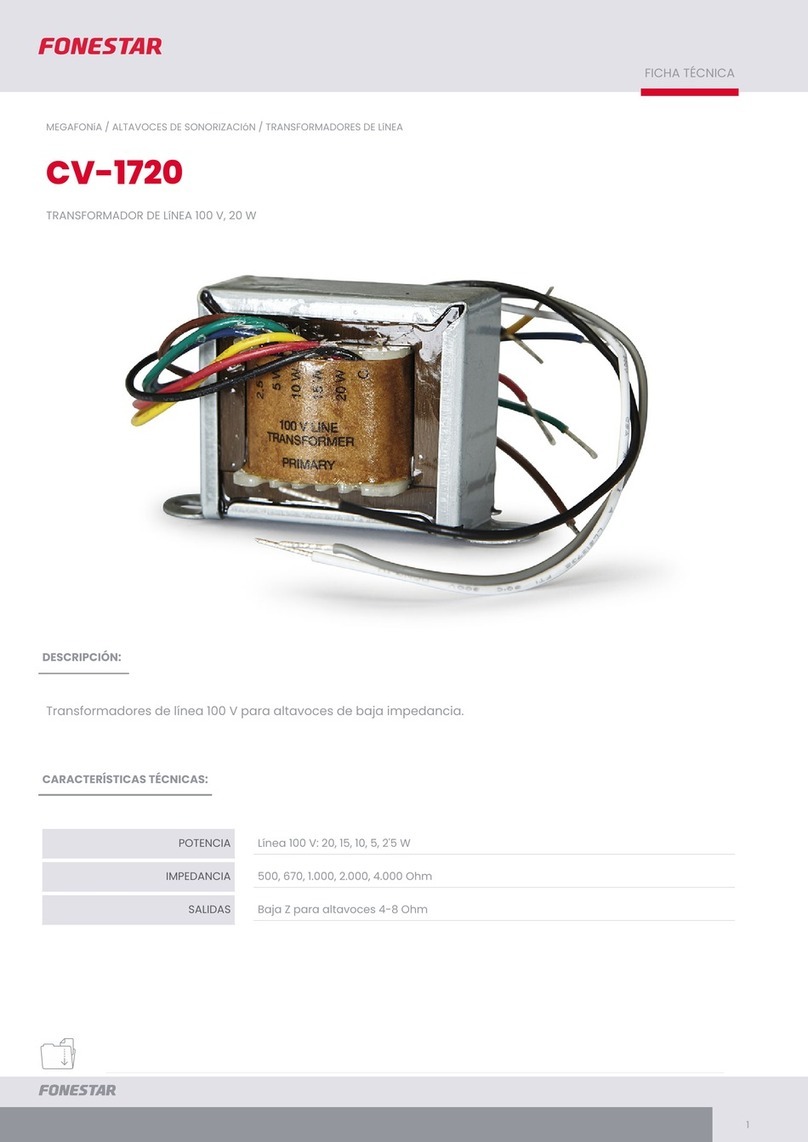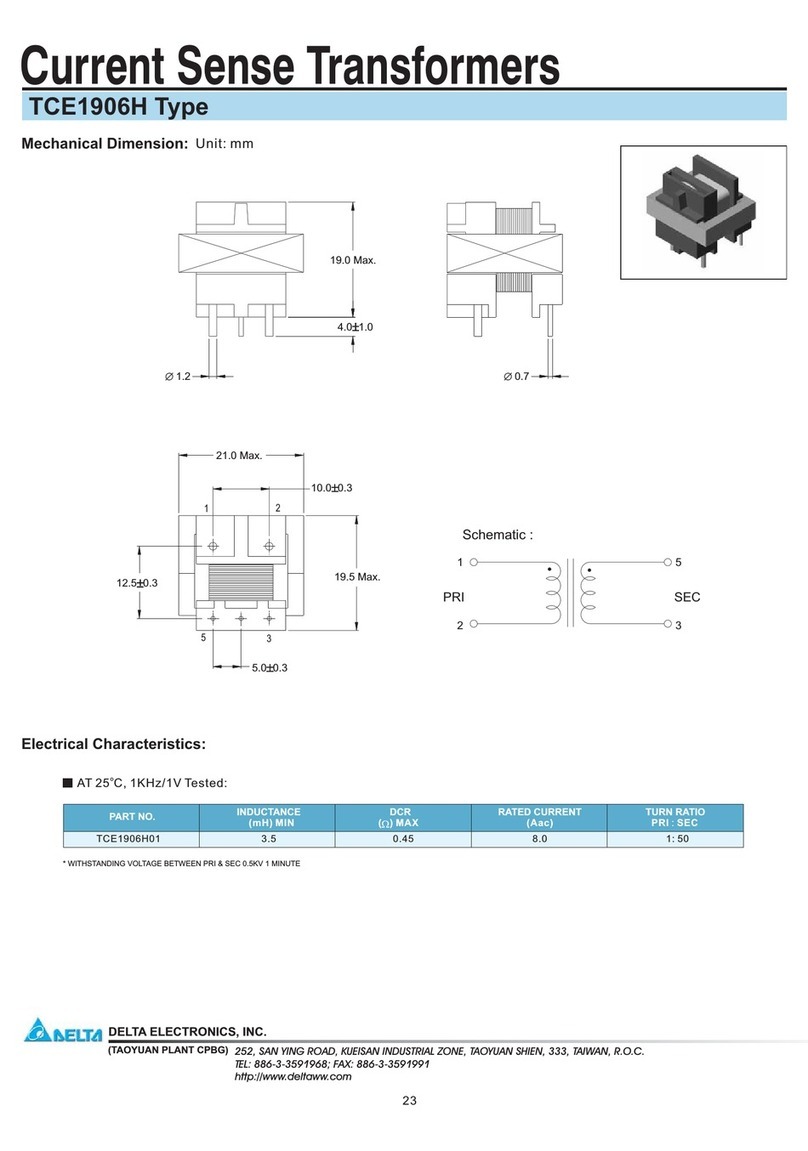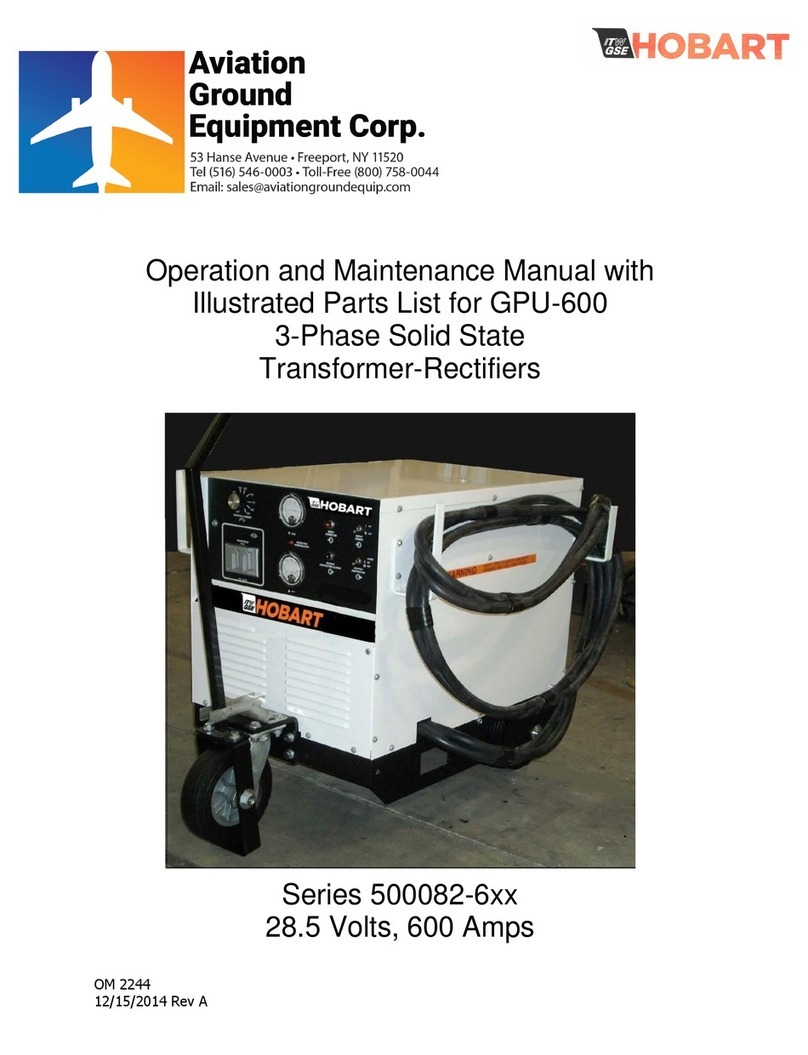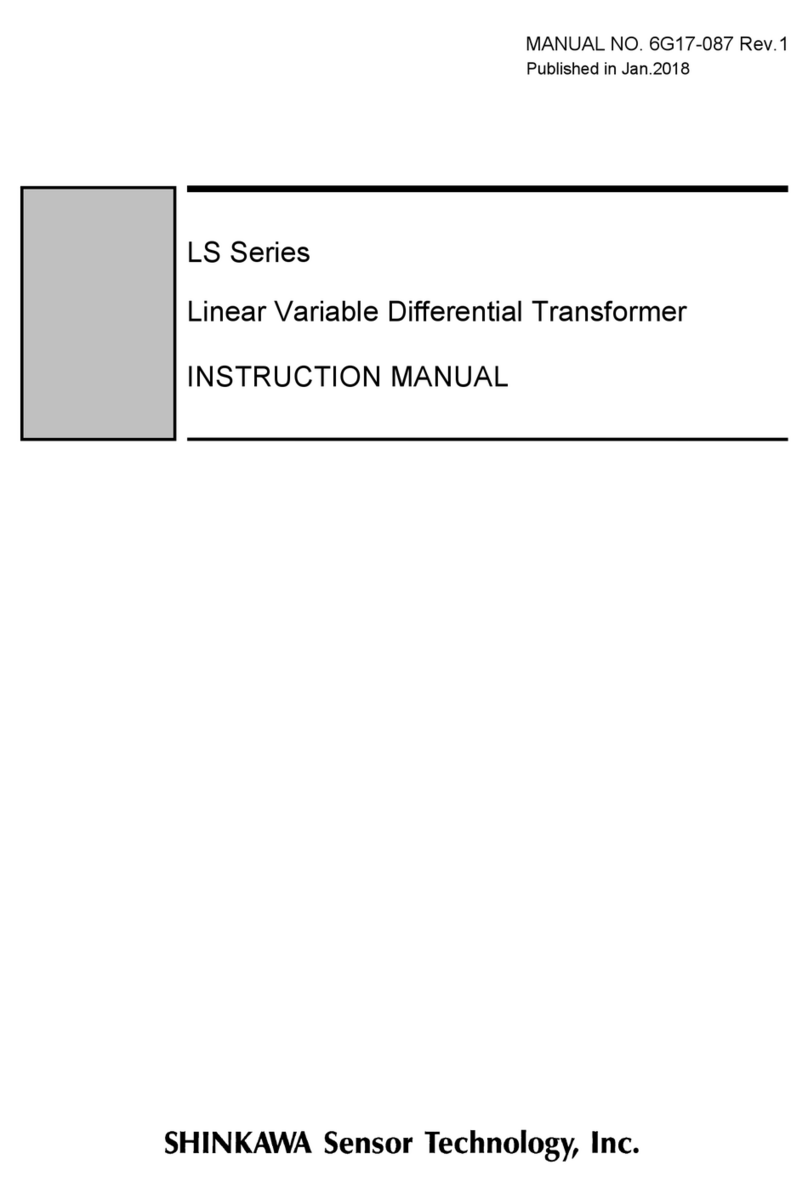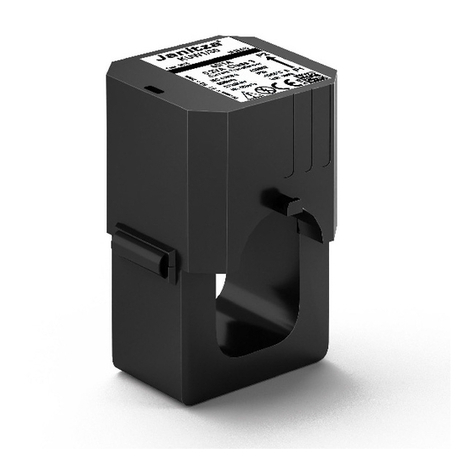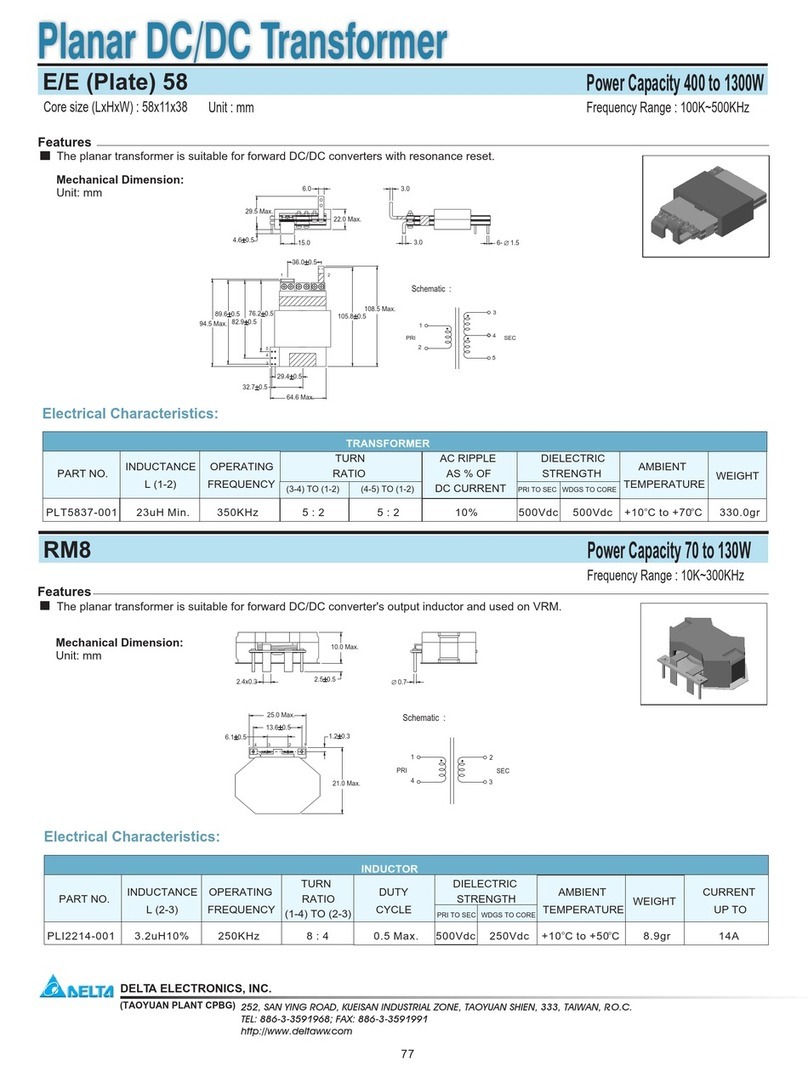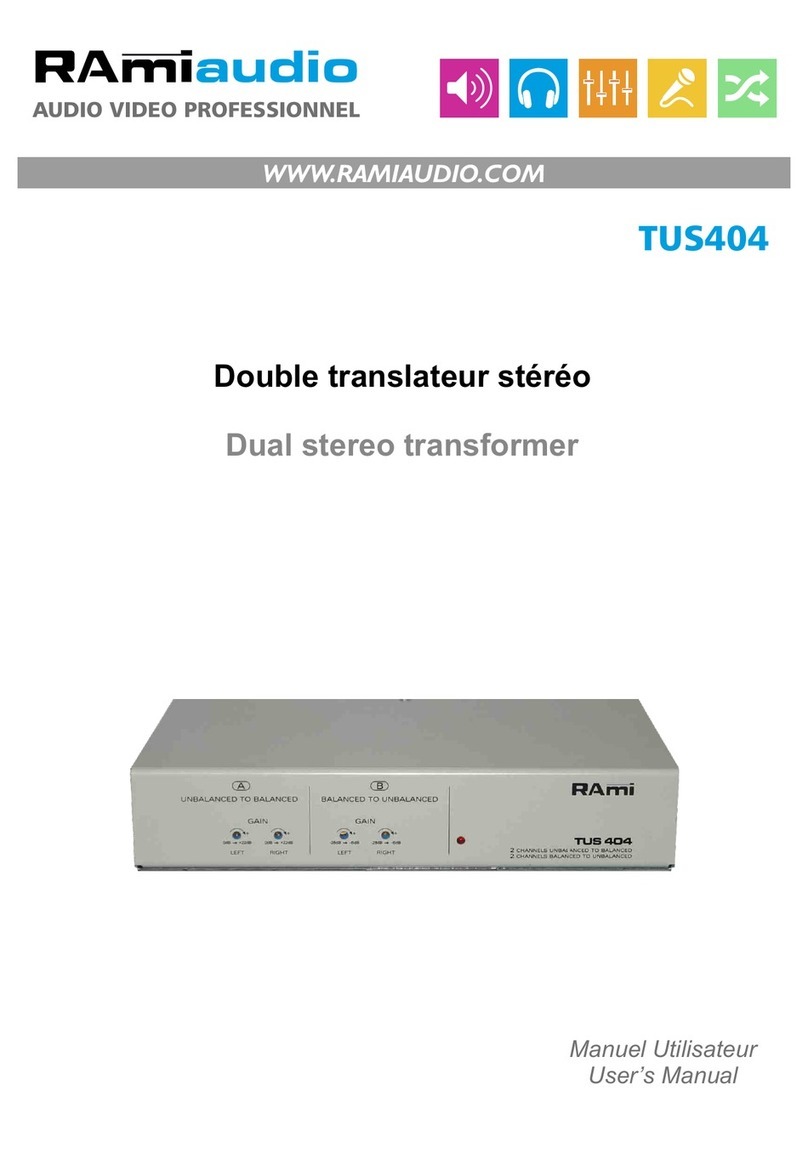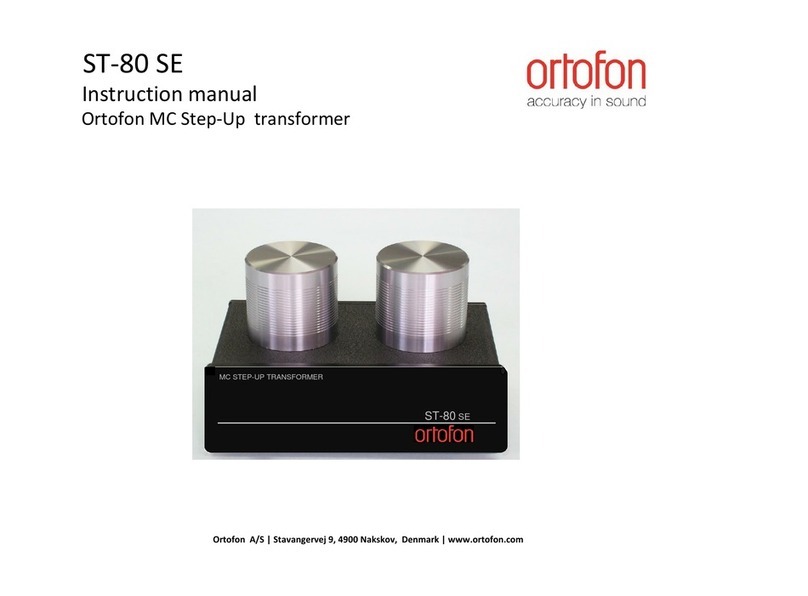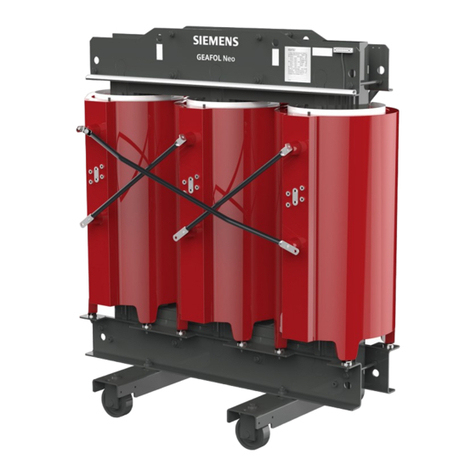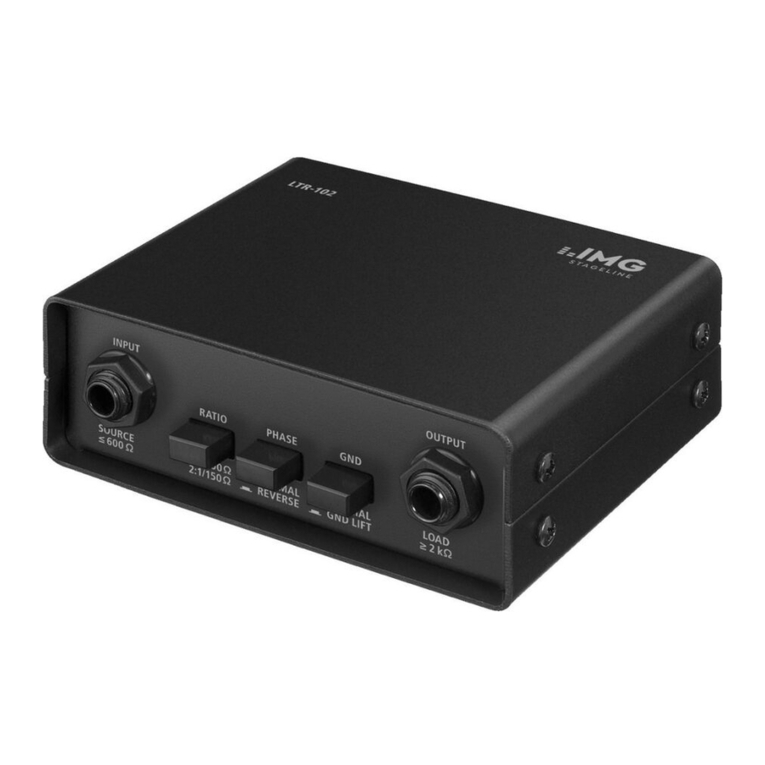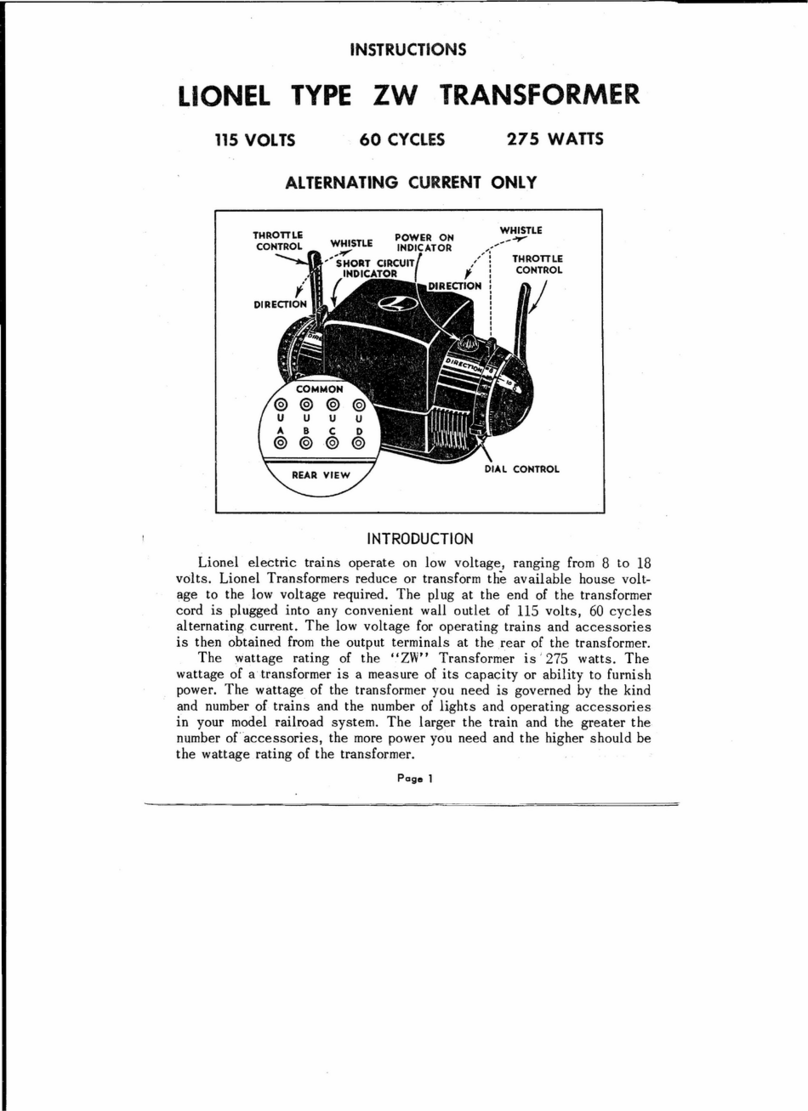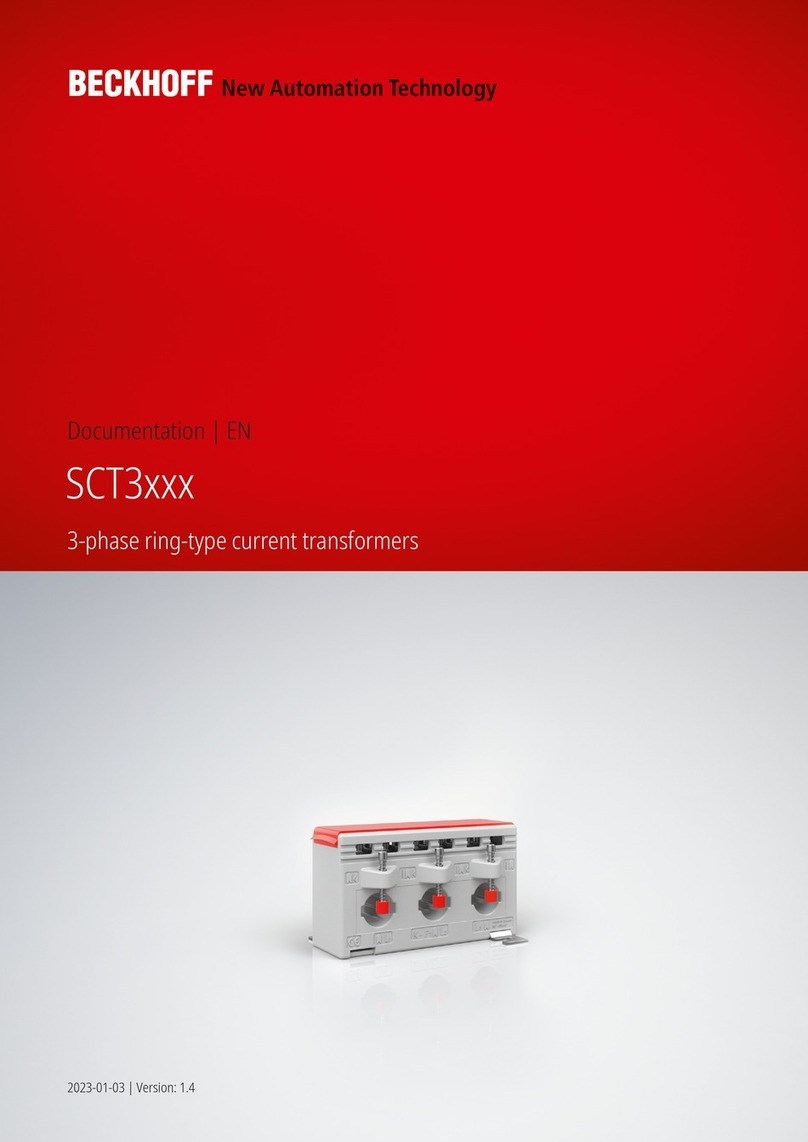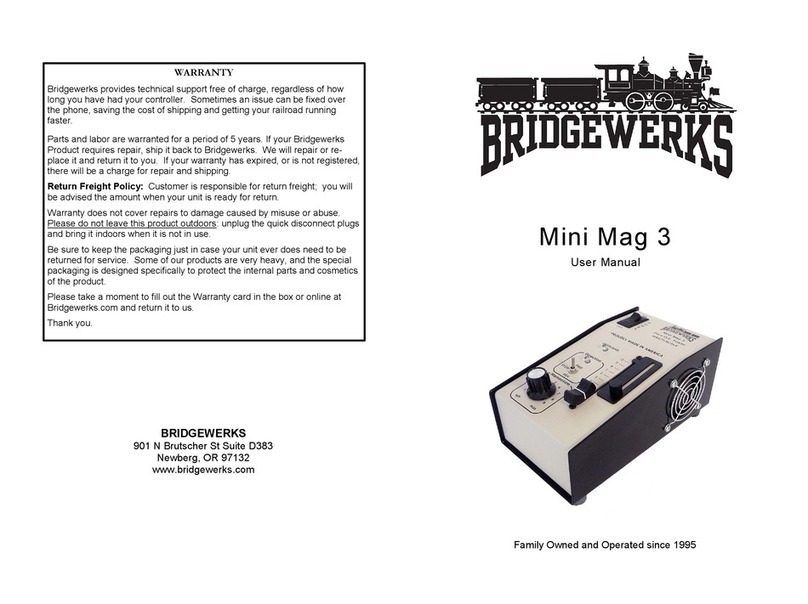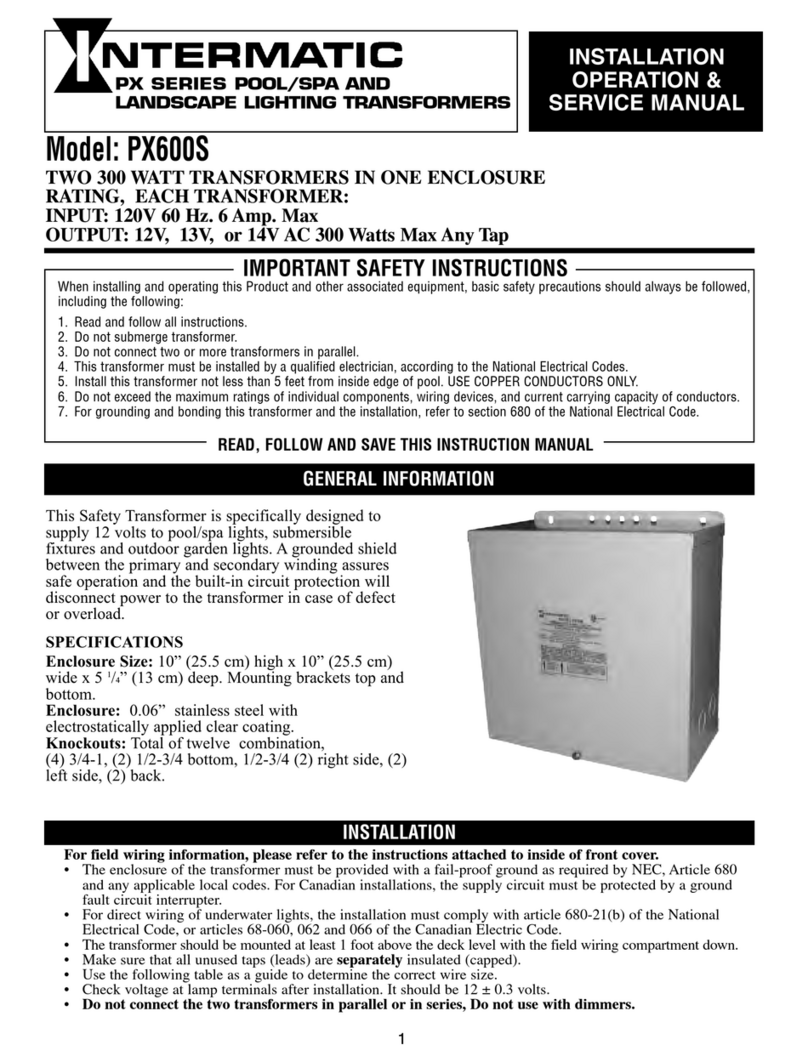
TRT30C Contents
M-T030CN-203-EN 2
Contents
1 Introduction............................................................................................................................................3
1.1 Safety Instructions..............................................................................................................................3
1.1.1 Safety Terms and Symbols.........................................................................................................3
1.1.2 Terms of Use..............................................................................................................................3
1.1.3 Orderly Practices and Procedures..............................................................................................4
1.1.4 Instrument Maintenance.............................................................................................................4
1.1.5 Operator Qualifications...............................................................................................................4
1.1.6 Safe Operating Procedures ........................................................................................................4
1.2 Power Supply.....................................................................................................................................5
1.3 Measurement Category......................................................................................................................5
1.4 Intended Use......................................................................................................................................5
2 Description.............................................................................................................................................7
2.1 Front Panel Components....................................................................................................................7
3 Getting Started.......................................................................................................................................9
3.1 Connecting the TRT30C to a Test Object...........................................................................................9
3.2 Setting the Measurement Parameters..............................................................................................10
4 Error Messages....................................................................................................................................13
4.1 Error Message “Excitation current too high”......................................................................................13
4.2 Error Message “Turns ratio too low” .................................................................................................13
4.3 Error Message “Malfunction” ............................................................................................................13
4.4 Error Message “Error printer”............................................................................................................14
4.5 Error Message “Check paper” ..........................................................................................................14
4.6 Error Message “USB flash drive” ......................................................................................................14
4.7 Error Message “Connect both neutral cables” ..................................................................................14
4.8 Error Message “Emergency Stop” ....................................................................................................15
4.9 Error Message “Connections”...........................................................................................................15
5 Technical Data.....................................................................................................................................16
5.1 Mains Power Supply.........................................................................................................................16
5.2 Output data ......................................................................................................................................16
5.3 Measurement...................................................................................................................................16
5.4 Environmental conditions .................................................................................................................16
5.5 Dimensions and Weight....................................................................................................................16
5.6 Applicable Standards .......................................................................................................................17
6 Accessories..........................................................................................................................................18
Manufacturer Contact Information................................................................................................................19
Manual Version: M-T030CN-203-EN
This Manual refers to the firmware version TR3C-5.15

